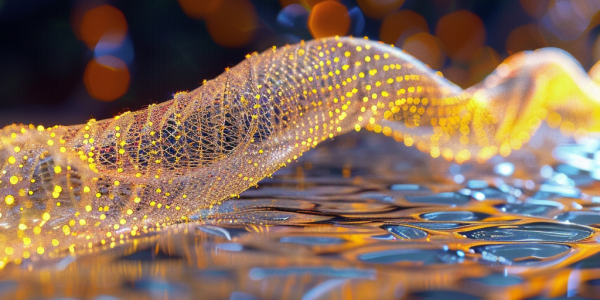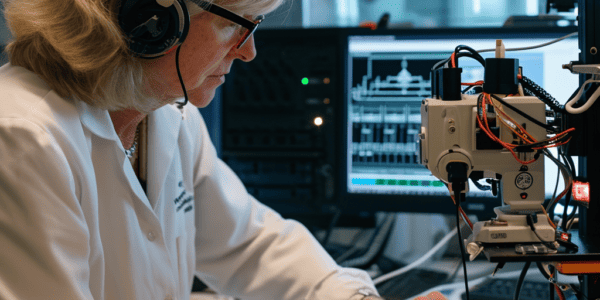Nano-Scale Vision Implant Offers Hope for the Blind
The groundbreaking development of a nano-scale vision implant offers new hope for the blind, featuring ultra-small electrodes for enhanced visual perception. Utilizing a conducting polymer for longevity, the implant shows promising results in preclinical trials. Lead researcher Maria Asplund explains the implant’s functionality in creating a pixelated image, paving the way for future iterations with thousands of electrodes. This innovation marks a significant advancement in visual neuroscience, promising enhanced visual perception for the visually impaired.
Neuroprosthetic Device Allows Amputees to Feel Natural Sensations from Prosthetic Legs
Neuroprosthetics have advanced to allow amputees to experience natural sensations from artificial body parts. The ETH Zurich Neuroengineering Lab has developed a neuroprosthetic device connected to the sciatic nerve, enabling communication with the brain to relay pressure changes detected on the prosthetic foot. This breakthrough has given test subjects greater confidence and improved their ability to walk on challenging terrains. The team emphasized the significance of evoking natural sensations and highlighted the benefits of using biomimetic stimulation to develop the next generation of neuroprosthetics.
Advancements in Neuroscience Research for Movement Disorders
Neuroscience, the last frontier of medical research, continues to unlock the enigmas of the human brain. Leading the charge is Professor Lee Miller, whose recent studies have unearthed significant insights into the treatment and understanding of movement disorders. These studies…



